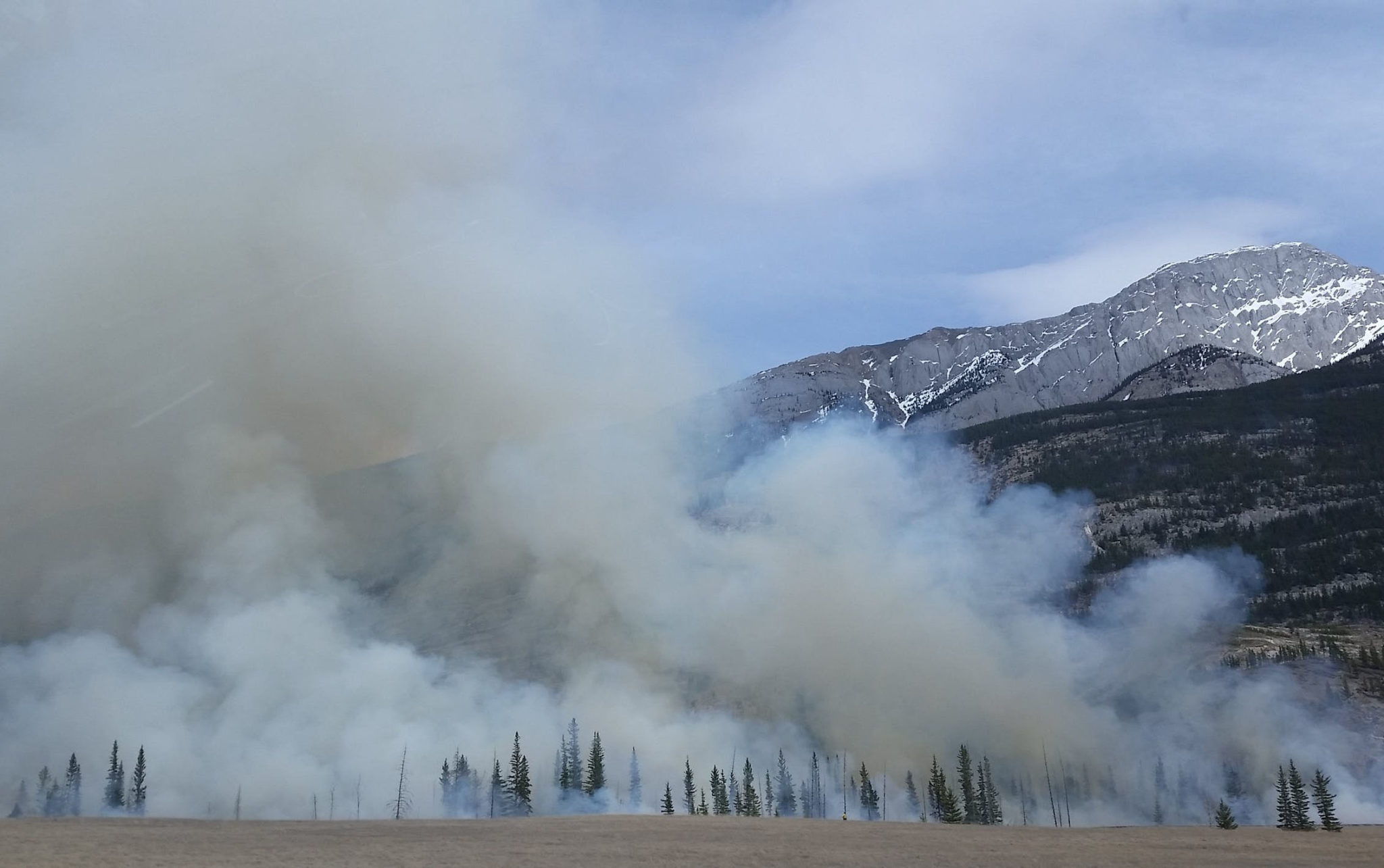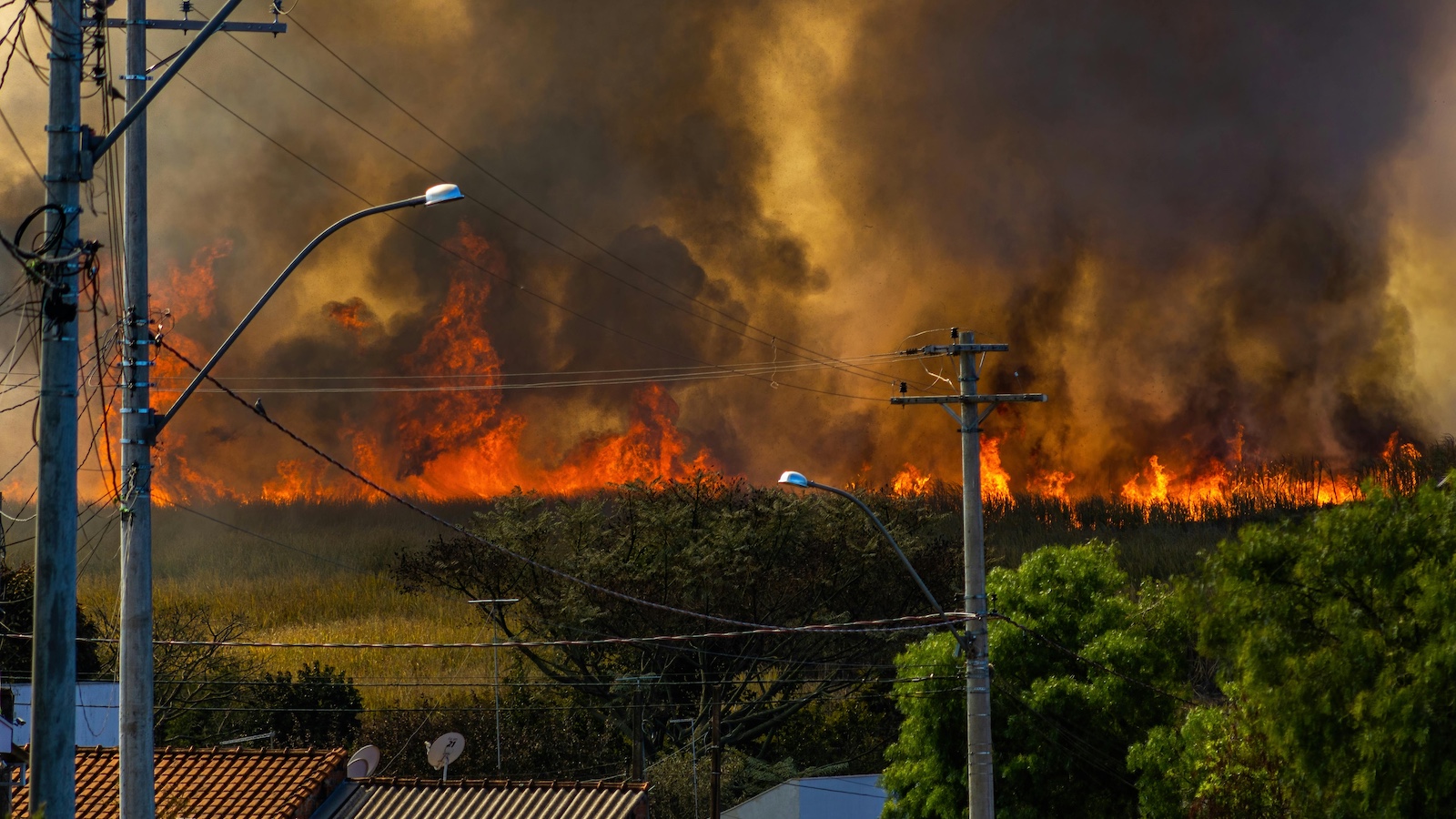"California is the lab for managing exposure to wildfire risk," according to Lynn McChristian, a professor of risk management at Florida State University. If carriers and reinsurers can make it there, they can make it anywhere.
The past several years have seen a steep increase in the severity of wildfires, with the 2017 and 2018 seasons causing $24 billion in insured losses in California alone. Rates are climbing there, and coverage is dropping—there is clearly insufficient wildfire coverage to meet market demand, especially in high-risk, wildland-urbane interface (WUI) communities.
These historic losses, combined with insufficient solutions for managing wildfire risk, mean insurers are trying to get a handle on their wildfire portfolio accumulations and gather perspective on relative risk. Simply put, the old way of doing things has been proven not to work—and insurers are demanding better.
The flaw with historical wildfire risk management: Fires don’t burn in a circle
The California wildfires illuminated that many companies do not have clear best practices around managing wildfire risk, primarily because it has often been considered part of wider policy terms.
One solution is to limit accumulations between highly correlated areas of wildfire risk. Historically, insurers have looked at their concentrations of wildfire risk at the county level, along with using ring accumulations as a tool to assess risk. But fires don’t burn in a circle, and they don’t know postal code boundaries. Now, RedZone, a wildfire modeling company, has used millions of wildfire simulations to identify burn patterns across the landscape to create areas called “correlated risk zones.”
See also: Parametric Solution for Wildfire Risk
These zones are essentially regions that look completely separate but, statistically, burn together. They provide a logical and credible alternative by which to manage portfolio risk accumulations, alongside traditional loss modeling techniques. A more consistent approach to managing capacity can also improve risk-based pricing.
Solving a portfolio-scale problem requires changing the way we think
“Models have focused on risk at specific locations, but this is a portfolio-scale problem,” RedZone CEO and founder Clark Woodward says.
The above screenshots show RedZone’s models for use in portfolio-level analysis. On the left is RedZone’s burn probability layer. When combined with the image on the right, which is RedZone’s hazard control zones, you can develop a firmer understanding of portfolio composition when it comes to accumulations and likeliness to burn.
Accumulation analysis involves defining zones of correlated risk—where properties are likely to be damaged by the same event in the same year—and estimating the probable maximum loss (PML) within each zone. By evaluating accumulated wildfire risk, insurers can assess where additional properties may be insured with minimal increase in exposure to extreme losses.
Reinsurance broker Willis Re has also brought to market a new methodology for wildfire underwriting and customer-specific portfolios. By helping carriers understand not only individual risk selection but geographic areas that are driving up their PMLs, Willis Re can, in turn, help them diversify their portfolios and drive down reinsurance costs.
Practical innovation that can be deployed now
It’s taken a beat—and a harsh reality check—but better wildfire risk management strategies are now coming to fruition. Providers like RedZone, Willis Re and Insurity are working collaboratively to create solutions, like the correlated areas of risk discussed here, that provide better, more logical ways of managing wildfire accumulations.
This technology can be quickly deployed and implemented alongside traditional risk management strategies. This allows insurers to avoid disruption while employing a consistent approach to managing capacity across both underwriting and portfolio management and, ultimately, better serve and protect insureds against wildfire risk.






